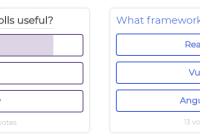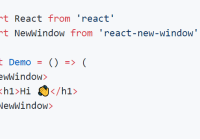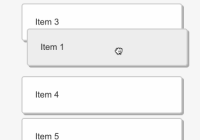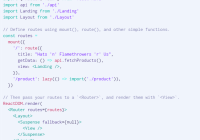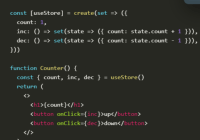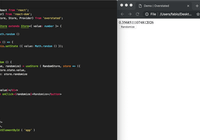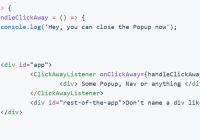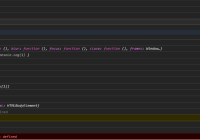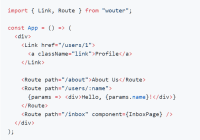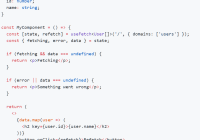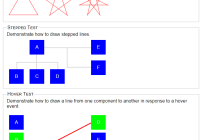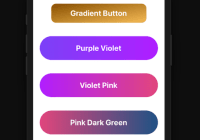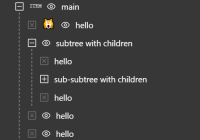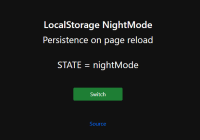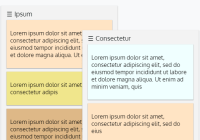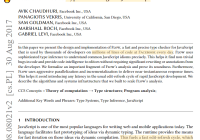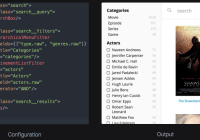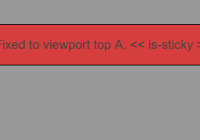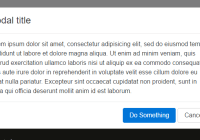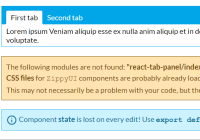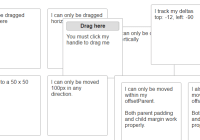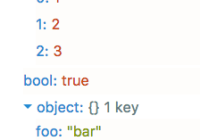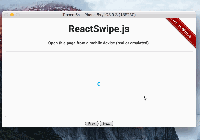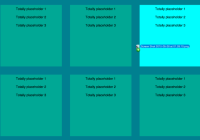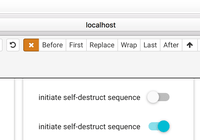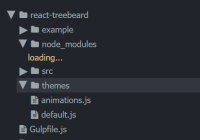React Markdown Tree
React Markdown Tree renders markdown as customizable React components and never uses dangerouslySetInnerHTML.
- Renders markdown according to the CommonMark spec (powered by
commonmark.jsandcommonmark-react-renderer). - Create your own renderers as React components for custom styling or use
react-markdown-tree-config-defaultfor zero setup default styling with syntax highlighting. - Easy to use provider/child pattern - set the config once in
<MarkdownProvider>and use<Markdown>anywhere in your app with zero props.
$ yarn add react-markdown-tree # OR $ npm install --save react-markdown-tree# to use with the default config: $ yarn add react-markdown-tree-config-default # OR $ npm install --save react-markdown-tree-config-defaultimport React from 'react'; import ReactDOM from 'react-dom'; import { MarkdownProvider } from 'react-markdown-tree'; import markdownConfig from 'react-markdown-tree-config-default'; import App from './App'; ReactDOM.render( <MarkdownProvider config={markdownConfig}> <App /> </MarkdownProvider>, document.getElementById('root'), );// App.js or any component that is a child of <MarkdownProvider> import { Markdown } from 'react-markdown-tree'; ... render() { return ( <Markdown> {this.state.stringInMarkdownFormat /* any string containing the markdown source to render */} </Markdown> ); }You can also use the UMD build that's available from Unpkg:
<!-- Available at window.ReactMarkdownTree --> <script src="https://unpkg.com/react-markdown-tree/dist/react-markdown-tree.min.js"></script> <!-- Available at window.ReactMarkdownTreeConfigDefault --> <script src="https://unpkg.com/react-markdown-tree-config-default/dist/react-markdown-tree-config-default.min.js"></script>API
<Markdown>
children: string
- String containing the markdown source to render
- Not required, but if not provided
<Markdown>returnsnulland does not render
as: string | ReactComponent
- Not required, default is
'div' - What the markdown container element is rendered as
- String as an html tag name, e.g.
'div'will render a<div>container,'section'will render a<section>container, etc... - By default the container is rendered as a
<div> - If you provide a
ReactComponentinstead of a string, the rendered markdown will be passed down as an array ofchildrento that component
...rest
- All other props will be passed down to the markdown container element, e.g.
className,style, etc...
For Example
<Markdown as="section" className="some-markdown"># Some Heading</Markdown>will render on the page as<section class="some-markdown"><h1>Some Heading</h1><section/>
<MarkdownProvider>
config: object
- Not required, but if it is not provided unstyled html will be rendered
- Object with keys for
renderersandcontainerProps - Note that you can only set the config once when the
<MarkdownProvider>is mounted, and you cannot change the config once it has been set. - For a reference config with unstyled renderers see
referenceMarkdownConfigWithUnstyledRenderers.js
const config = { renderers: { Heading: /* ReactComponent */, Paragraph: /* ReactComponent */, Link: /* ReactComponent */, Image: /* ReactComponent */, List: /* ReactComponent */, Item: /* ReactComponent */, BlockQuote: /* ReactComponent */, Emph: /* ReactComponent */, Strong: /* ReactComponent */, Softbreak: /* ReactComponent */, Linebreak: /* ReactComponent */, ThematicBreak: /* ReactComponent */, Code: /* ReactComponent */, CodeBlock: /* ReactComponent */, }, containerProps: { // default props passed down to every instance of <Markdown> // see <Markdown> API for prop definitions }, };Publishing Custom Configs
- Please create and publish custom configs on
npmfor others to use! - Publish under
react-markdown-tree-config-YOUR-CONFIG-NAME - Let me know and I'll add them to the README






